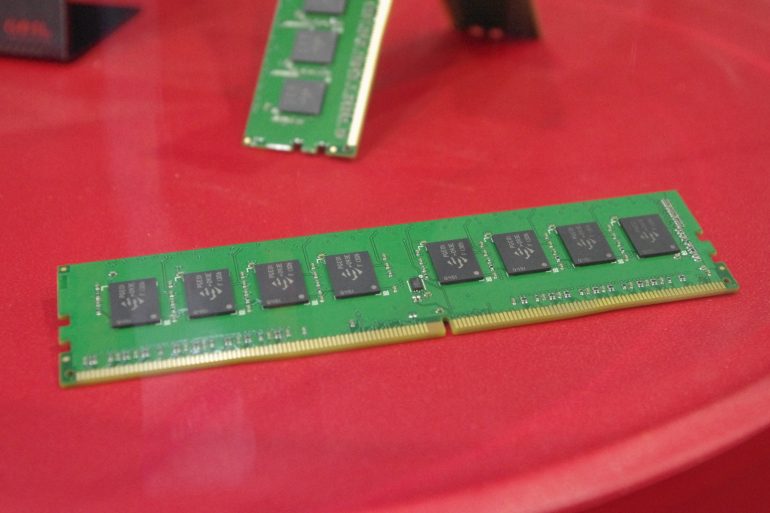This fall will be an exciting time for hardware enthusiasts as Intel is expected to bring its high-end Haswell-E platform to market along with the more advanced X99 chipset and support for DDR4 memory. Unfortunately things may not seem that rosy as DDR4 will feature higher latencies than any other type of memory – a trend that has been around for a really long time.
While this news may not be surprising to many hardware fans we haven’t had the chance to see how slow DDR4 will be when it comes to latency. Thanks to efforts by GeIL, a famous memory maker, we now have a response. The company has shared the timings information about its own DDR4 memory and there’s a surprising fact – the company plans to release DDR4 SDRAM at 1600 MHz and 1866 MHz, although that speed is already available with the most popular memory of today – DDR3. There will be such memory simply because some people will use it. Anyway, let’s take a look at the timings – according to GeIL DDR4-1600 will come with CAS latency of 10-12 clocks; DDR4-1866 will have CAS 12-14; DDR4-2133 will offer CAS latency of 14-16 clocks, while DDR4-2400 will come with CAS latencies of 15-18 clocks. The CAS latency of DDR4-2667 and DDR4-3200 will be announced at a later point but it will be even higher than the latencies of the slower DDR4 memory.
The rest of the specs remain the same – DDR4 will have 284 pins, up from the 240 pins of DDR3, and will run at 1.2V. There will be a low-power version at 1.05V but it will come later, likely next year.
Although the CAS latencies of DDR4 may seem to be pretty high now, they will surely improve with time passing by as it has happened with all previous types of computer memory. DDR4 is expected to debut by the end of 2014 and will enjoy mass acceptance in the 2015-2016 time period.
Source: GeIL
